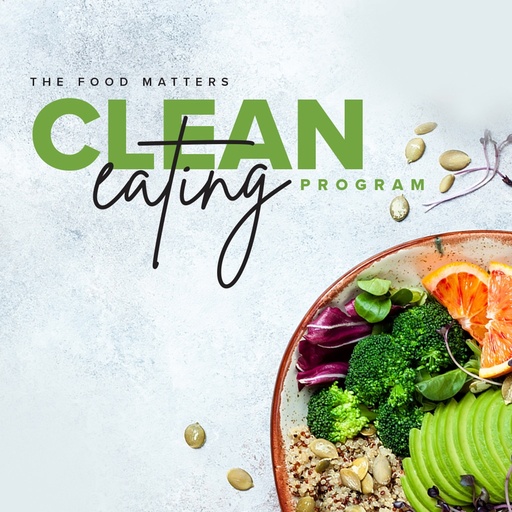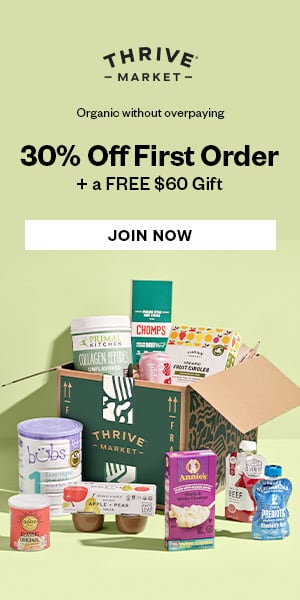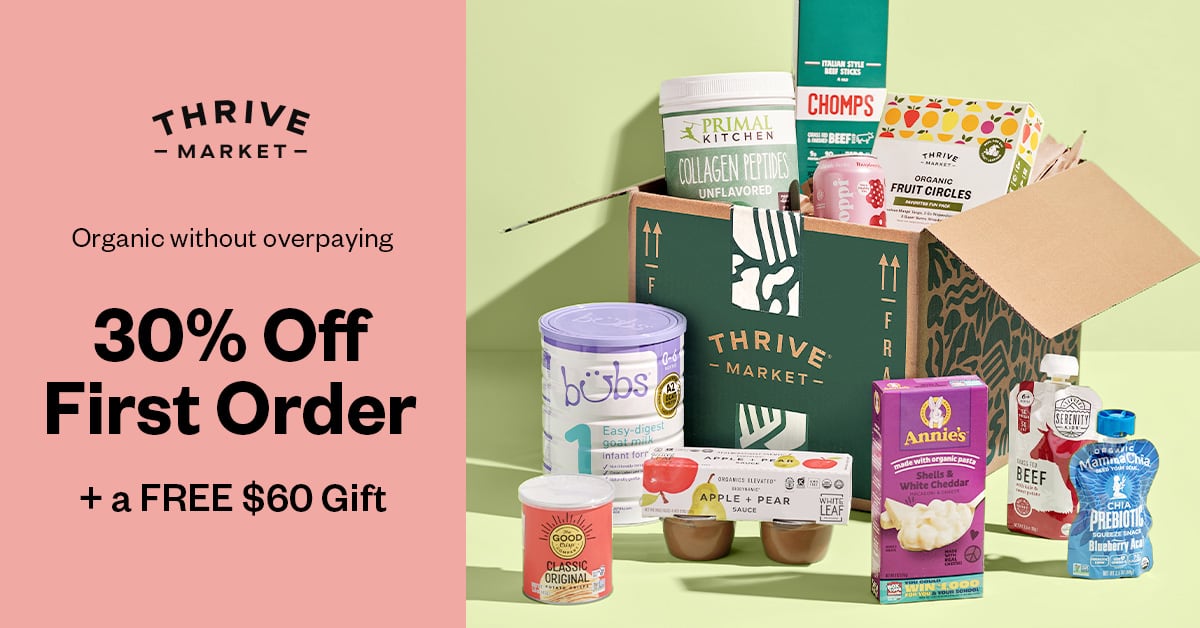How Gummy Candies Are Made (Shocking!)
With Halloween and Christmas just around the corner, it’s that time of year where we trick ourselves into having a treat or two, but have you ever stopped to ask the question, what are these little 'treats' actually made of?
It’s no new news that candies aren’t exactly at the top of the food pyramid. Their saturated fats and insulin tingling sugar levels are cause enough to make them a sometimes food. What you might not know is how gummy Candies, in particular, are made and the shocking process that might be enough to numb your sweet tooth.
In this article, we will reveal the truth about what really goes on behind closed doors at the candy factory and the cavities gummy candies are creating in the animal welfare industry.
Carnivorous Candy
When thinking about the mass of gummy candies being shared and consumed this time of year, our Food Matters Team was reminded of the brilliant short movie, ‘Gelatine’, produced by OVER ETEN, that reports the story of how gummy candy is actually produced. This video is one in a series of reversed stories on sugar, crisps, and pastries – detailing the shocking truths on how gummies are made, starting from the wrapped candy all the way back to the living pig.
Yes, that’s right, your gummy candies started out as pigs or possibly cows… gelatine is a product obtained from partial hydrolysis of collagen derived from natural sources such as skin, connective tissue, and bones of animals. Each of these is obtained from slaughterhouses, boiled and broken down in vats of acid before being flavored, colored, and packaged into your favorite sweet.
Gelatine is a common ingredient found in sweets because it foams, gels, or solidifies into a pretty piece that slowly dissolves in the mouth, making it a tempting treat for some.
The ‘Gelatine’ video has garnered more than 14,000 comments, raising the question around how gelatine is made and if consumers know what they’re eating.
The worst ingredient of all...
Although gelatine does offer some nutritional benefits (including 18 amino acids), it’s what the product is mixed with that raises eyebrows among nutritionists. High fructose corn syrup, partially hydrogenated oils, preservatives, artificial flavors, gluten, and sugars are just some of the highly toxic and inflammatory candy ingredients that you should be on the lookout for in your Halloween haul.
The worst ingredient of all is also the most common – sugar. Since its discovery, sugar has slowly crept into everything we eat. Now in everything from bread rolls to condiments, drinks and of course candies – society is increasingly consuming more sugar in more everyday products. Some candies, in particular, have frightening amounts of cholesterol clogging sugars that can really spook your health.
- Gummy bears have over 17 grams of sugar within a small handful, along with citric acid, and artificial coloring and flavoring.
- Many sugar-coated gummies have over 26 grams of sugar per small handful, along with the artificial colors and flavors found in so many of these gummies.
- Starburst candies are jam-packed with corn syrup, sugar and apple juice concentrate with over 22 grams of sugar in just nine pieces.
A report conducted by the Australian Bureau of Statistics shows that Australians are consuming more added sugars in their diets than ever before. The World Health Organisation recommends that sugar consumption should only make up 5% of our total daily calorie intake – which in layman's terms, is about 25 grams or 6 teaspoons a day. The results conducted by the Australian Health Survey in 2012 tell a slightly different story with the average Australian consuming 60 grams of sugar per day or 14 teaspoons.
Throughout the year you may be sticking to a low sugar diet, but when it comes to the holiday season and all the parties and the candy gifts around, you may find yourself tempted to indulge. Generally, the confectionery and cakes we consume makeup 9% of added sugars in our diets and just imagine what that number might look like over the coming weeks.
Sweet Alternatives
Although we recommend removing sweet gelatinous candies from your diet, we don’t mean for you to go without any sweet treats. There are a number of delicious alternatives to satisfy your sweet cravings without harming animals or your health.
To replace gelatine, try Agar Agar – this seaweed-derived ingredient gels like gelatine but no animals are harmed to make it.
Plus, we’ve got a heap of great sweet treat recipes that are sure to delight and they’re even vegan, gluten-free, and dairy-free so your whole party can enjoy them! Check out our top plant-based desserts here.
Share with us in the comments below your favorite alternative holiday treats!









